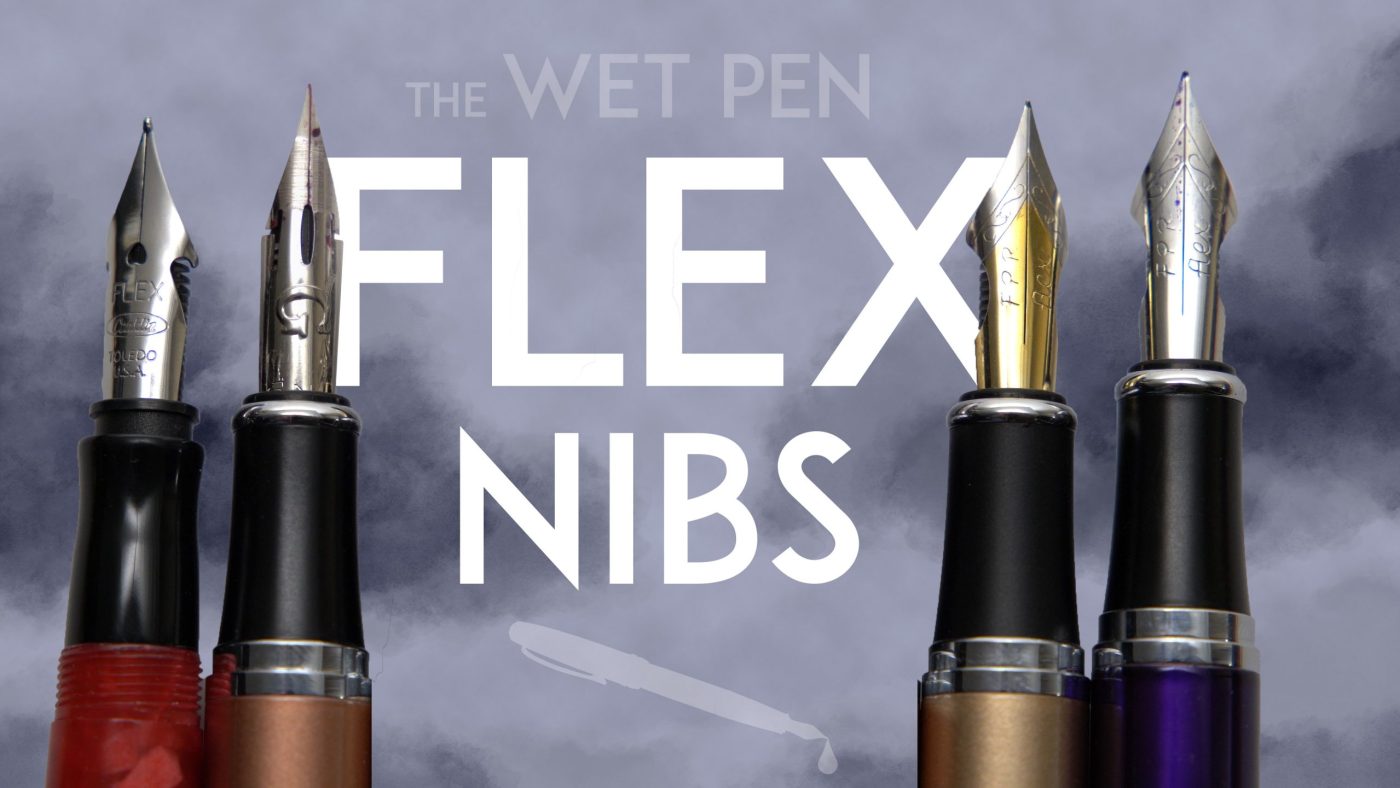If you’re watching this, you’ve probably also seen some of the amazing results that people get when using flex nibs in their pens. In my quest to get some of the same capabilities for my own writing, I have tried a few different options, and this is what I found.
My first foray was with the Conklin Duragraph pen with an Omni-Flex nib. I found one on sale from the Pen Chalet and I love the pen itself; it feels great and it looks pretty good too. The Omni-Flex nib has deep indentations from each side which should, theoretically, make the nib very flexible. In practice, though, I found that the nib hardly flexes at all. In order to get any appreciable flex, I have to put so much pressure on the nib that I’m at risk of bending it permanently.
My next option was to attempt a JinHao x750 conversion from the standard nib to a Zebra G dip-pen nib. The pens only cost a four or five dollars each, and a pack of ten nibs can be found for about $8, although I now recommend the titanium version that costs about $20 for a pack.
In any case, after ruining a pen, ruining a few nibs, slicing my finger open, and finally getting it right, the Zebra G nibs give really nice results. The un-flexed line is needle thin, and the nib is soft enough to flex out to 3 or 4mm wide without too much trouble. But there’s no ball-tip on the nib, making it very scratchy to write with most of the time, and even when I’ve managed to flatten them perfectly, they’re not as reliable as a true fountain pen nib.
So, I eventually found my “best of both worlds” option: the Ultra-Flex Nib from Fountain Pen Revolution. It’s wonderfully flexy, but also smooth enough to use for every-day writing. I love these things.
I’m not sure that they’re quite as soft as the G-nibs, though if they’re not, they’re pretty close. They also don’t offer quite as fine a point when un-flexed, but again, the difference is modest. Ultimately, you get very similar performance to the G-nib without the hassles of modification, installation, and regular replacement.
What do you think? Any better options out there? I’d love to hear about them.

